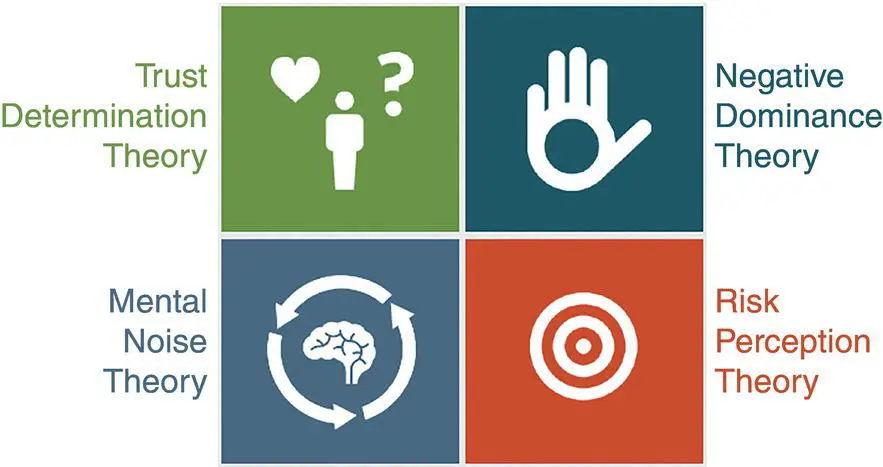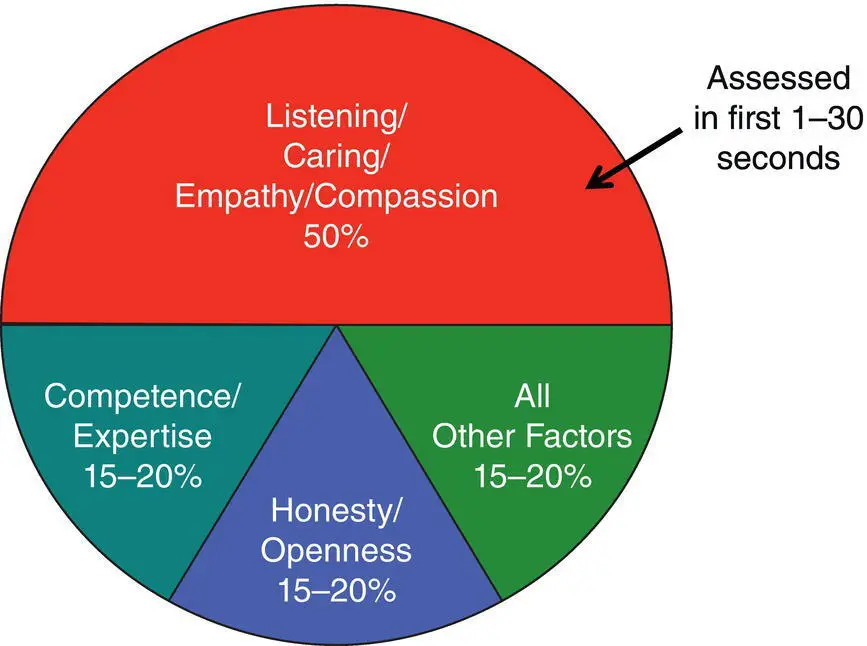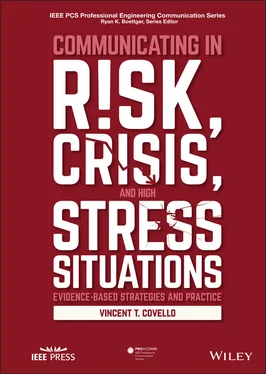Table 3.5 Factors that affect the ability of people to make informed decisions about risks.
| Inaccurate perceptions of riskDifficulties in understanding statistical or complex scientific information related to unfamiliar activities or technologiesStrong emotional responses to risk informationDesires and demands for scientific certaintyStrong beliefs and opinions that resist change and distort understandingWeak beliefs and opinions that can be manipulated by the way information is presented and framedIgnoring or dismissing risk information because of its perceived lack of personal relevanceUsing risks as proxies or surrogates for other personal, societal, economic, cultural, or political agendas and concerns |
Cultural factors, such as values, norms, social networks, group memberships, and loyalties, have a profound effect on agenda setting and what risks are important. Cultural factors are the web of meaning shared by members of a society. This web is a shared system of beliefs, values, customs, behaviors, and artifacts that group members used to cope with their world and with one another. Integrating diversity and cultural differences into the risk communication process can be challenging. To meet the challenge, risk communicators must develop cultural competence. Cultural competence requires communicators to be aware of their own cultural biases, develop in‐depth knowledge of other cultures, and have a willingness to accept and respect diversity.
3.3 Changes in How the Brain Processes Information Under Conditions of High Stress
The brain processes information differently in low‐stress and high‐stress situation. Neuroscience and behavioral science research studies show that when people are fearful, stressed or upset, they typically:
1 Want to “know that you care before they care what you know.”Perceptions of caring, empathy, and listening account for as much as 50% of how people determine whether they trust an individual or organization.Trust is often determined in the first 9‐30 seconds.Once lost, trust is difficult to regain.
2 Have difficulty hearing, understanding, and remembering information.Fear, stress, and anxiety can reduce the ability to process information by up to 80%‐100%.Ninety‐five percent of the questions and concerns that cause fear, stress, and anxiety can be anticipated and prepared for in advance.
3 Receive information best when presented in small digestible chunks and bytes.Key messages ideally contain no more than 140 characters, 27 words, and 3‐5 messages, with each message supported and expanded by 3‐5 facts or additional information.
4 Are more likely to recall information they hear first and last.Provide the most important information first.Provide the second most important last.Prepare for people to ignore or forget messages not announced first or last.Repeat the first and last messages several times.
5 Process information at a grade level substantially below their formal educational attainment.Keep initial messages short and simple, often four grade levels below formal educational attainment.Use a variety of tools, such as visuals, to simplify risk information.
6 Will focus more on negative information than positive.Negative information typically needs to be balanced by three to five pieces of positive or constructive information.Avoid negative absolute statements (e.g., statements that contain the words never, nothing, or none.)Avoid words or phrases with high negative imagery (these typically go to the visual part of the brain for processing and “stick”).
7 Judge risks to a large extent based on perceptions of trust, benefits, personal control, dread, fairness, and voluntariness.As much as 95% of fear, anxiety, and stress caused by risks can be traced back to factors such as perceived trust, benefits, personal control, dread, fairness, and voluntariness.
8 Actively look for visual information to support verbal messages about risks.People often give greater weight to nonverbal cues and visual information than verbal information.People in high concern and high‐stress situations often assign a negative interpretation to nonverbal cues, such as body language.A significant amount of risk and high concern information is processed in primitive parts of the brain (the lizard or reptilian brain) that focuses on nonverbal information and determines the response of fight, freeze, or flight.
3.4 Risk Communication Theory
An understanding of risk communication theory is helpful in understanding the various risk communication strategies and messaging. As shown in Figure 3.2, there are four basic risk and high concern communication theories: trust determination theory, negative dominance theory, mental noise theory, and risk perception theory. These four theories are the foundation stones on which risk communication rests. 6

Figure 3.2 Risk and high concern communication theories.
3.4.1 Trust Determination Theory
Trust determination theory states that trust is the most powerful factor influencing how people make risk‐related decisions. The more people trust the information source, the more they accept the messages, messengers, and channels for acquiring information. As shown in Figure 3.3, the basic components of trust are caring and empathy; competence and expertise; openness and honesty; and other factors such as dedication and commitment. Based on context, the relative weight given to these factors can shift.

Figure 3.3 The basic components of trust.
Several variables predict a higher level of trust. These include:
acknowledging uncertainty;
transparency, including openness and candidness about negative information;
speed in disseminating risk information;
disseminating technical information that is easy to understand;
seeking input from stakeholders and encouraging constructive dialogue;
ensuring coordination of communication activities within and among risk management authorities;
avoiding the dissemination of conflicting information;
disseminating risk information through multiple traditional and social platforms.
3.4.2 Negative Dominance Theory
Negative dominance theory states that people under stress put much more weight on negative information than on positive information. Three to five positive messages are typically needed to offset negative information. Information provided to stakeholders should not contain unnecessary negatives and it should emphasize what is being done over what is not.
3.4.3 Mental Noise Theory
Mental noise theory states the ability of stressed and upset individuals to process risk‐related information is reduced by as much as 80%‐100%. Mental noise distracts individuals from the task at hand and diminishes their ability to effectively hear, understand, and remember messages. Constructing and delivering effective messages in high stress, and high concern situations are radically different from constructing and delivering effective messages in low stress, low concern situations. At a minimum, messages in high stress, high concern situations must initially be kept short and simple (the KISS principle, Keep It Short and Simple).
3.4.4 Risk Perception Theory
Risk perceptions are the subjective judgments people make about the characteristics and severity of a risk. Risk perceptions are also subject to the beliefs a person holds regarding a risk, including the definition, probability, and outcome of the risk. Risk perception theory recognizes that risk is not an objective phenomenon perceived in the same way by all interested parties. Instead, it is a social and cultural construct with its roots deeply embedded in personal experiences and a specific social, economic, political, and cultural context. A variety of scientific, psychological, social, economic, political, and cultural factors determine which risks will ultimately be selected for individual, group, and societal attention and concern.
Читать дальше














